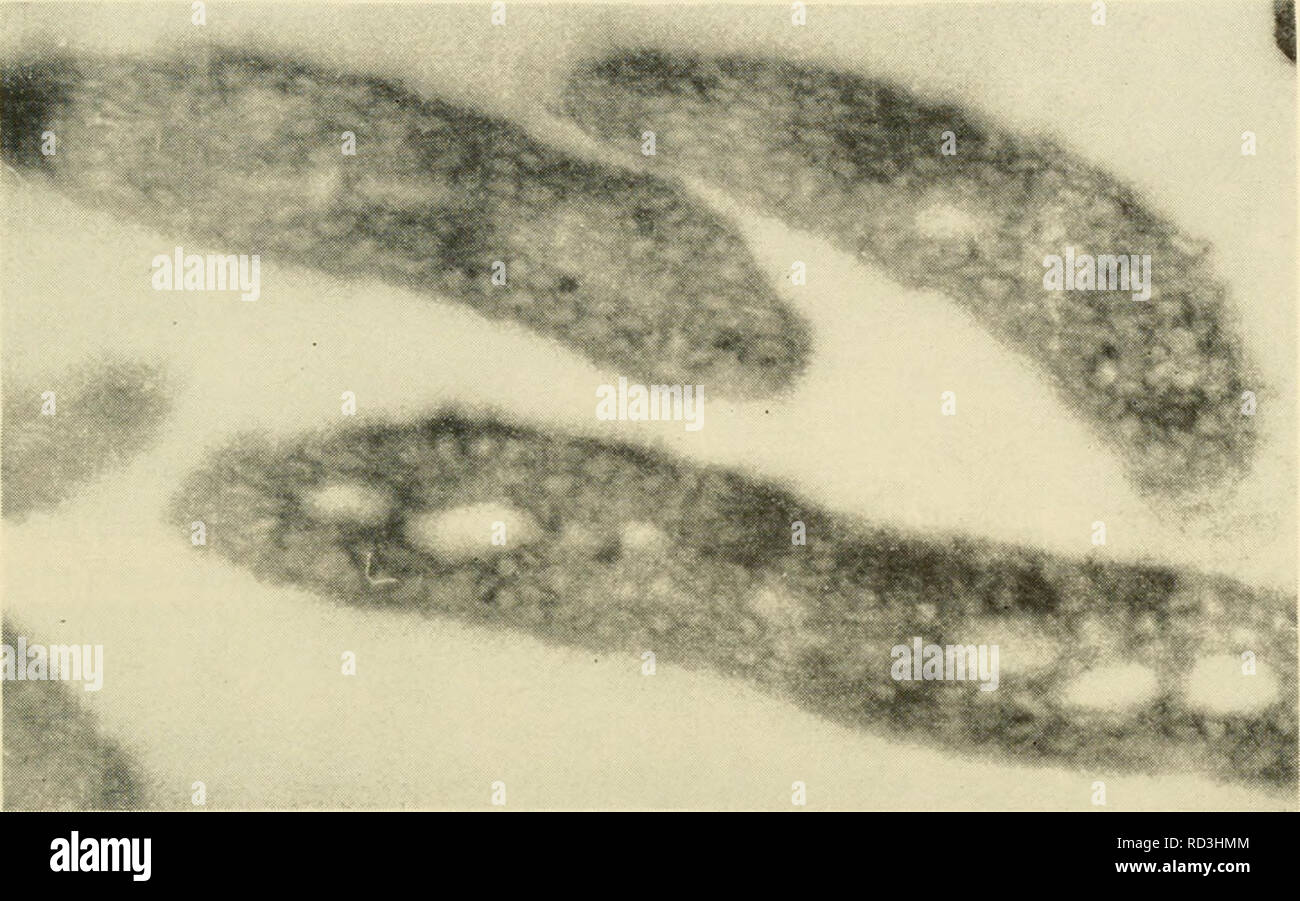


Through comparison of maize and Arabidopsis thaliana developmental trajectories, we identified TFs and CREs with conserved and divergent chromatin dynamics, showcasing extensive evolution of gene regulatory networks. the defithough accessory primordia were not observed in nition and resolution of. The Primordia Group was created to foster an ideal that we have all shared since the beginning of time. 50 45 otolith primordia were well defined in sagittae, maximum otolith. GB: How did you first become interested in creating Primordia VIC: For a long time, I focused solely on concept art for other people's games. We hope that the resolution of these shortages will not only enable us to release our attention from our daily concerns, but it will also teach us to partake in the improvement of the human condition rooted in sustainability and harmony. Moreover, we found cell-type-specific CREs are hotspots for phenotype-associated genetic variants and were targeted by selection during modern maize breeding, highlighting the biological implications of this CRE atlas. Here to provide answers about Primordia’s development are Wormwood Studios’ Vic Pflug and Mark Yohalem as well as Wadjet Eyes’ Dave Gilbert and composer Nathaniel Chambers. Cell-type-specific CREs were enriched for enhancer activity and within unmethylated long terminal repeat retrotransposons. (17) He made the resolution readily, and with the help of Gods grace and by constant effort, he kept it to a wonderful. Using single-cell genomics in six maize organs, we determined the cis- and trans-regulatory factors defining diverse cell identities and coordinating chromatin organization by profiling transcription factor (TF) combinatorics, identifying TFs with non-cell-autonomous activity, and uncovering TFs underlying higher-order chromatin interactions. We carried out staining at 6 dpi of gravitropism stimulated plants (Figures 7D,E) and observed that at this time 10 out of 12 primordia formed on the outside of the bend (n 10 plants). Cis-regulatory elements (CREs) encode the genomic blueprints of spatiotemporal gene expression programs enabling highly specialized cell functions. To aid in identification of early nodule primordia at the gravitropic bend we replicated the experiment using the DR5:GUS stable line.


 0 kommentar(er)
0 kommentar(er)
